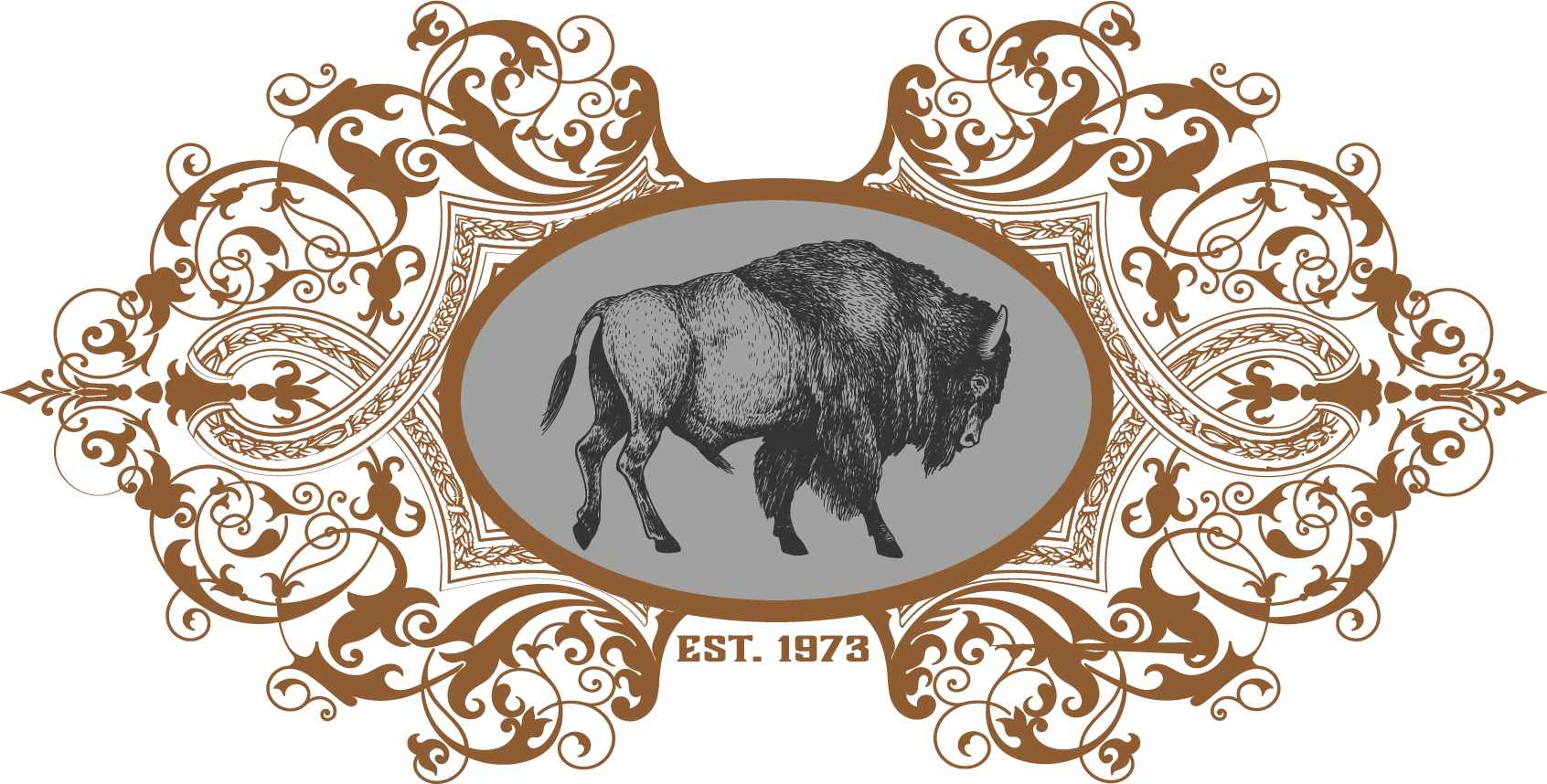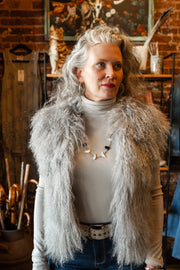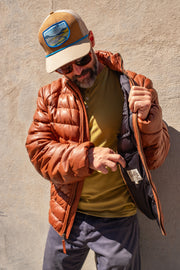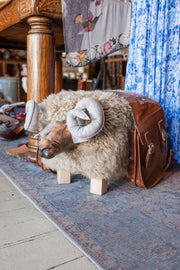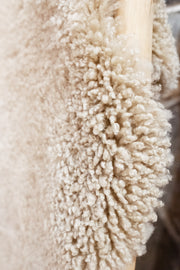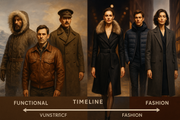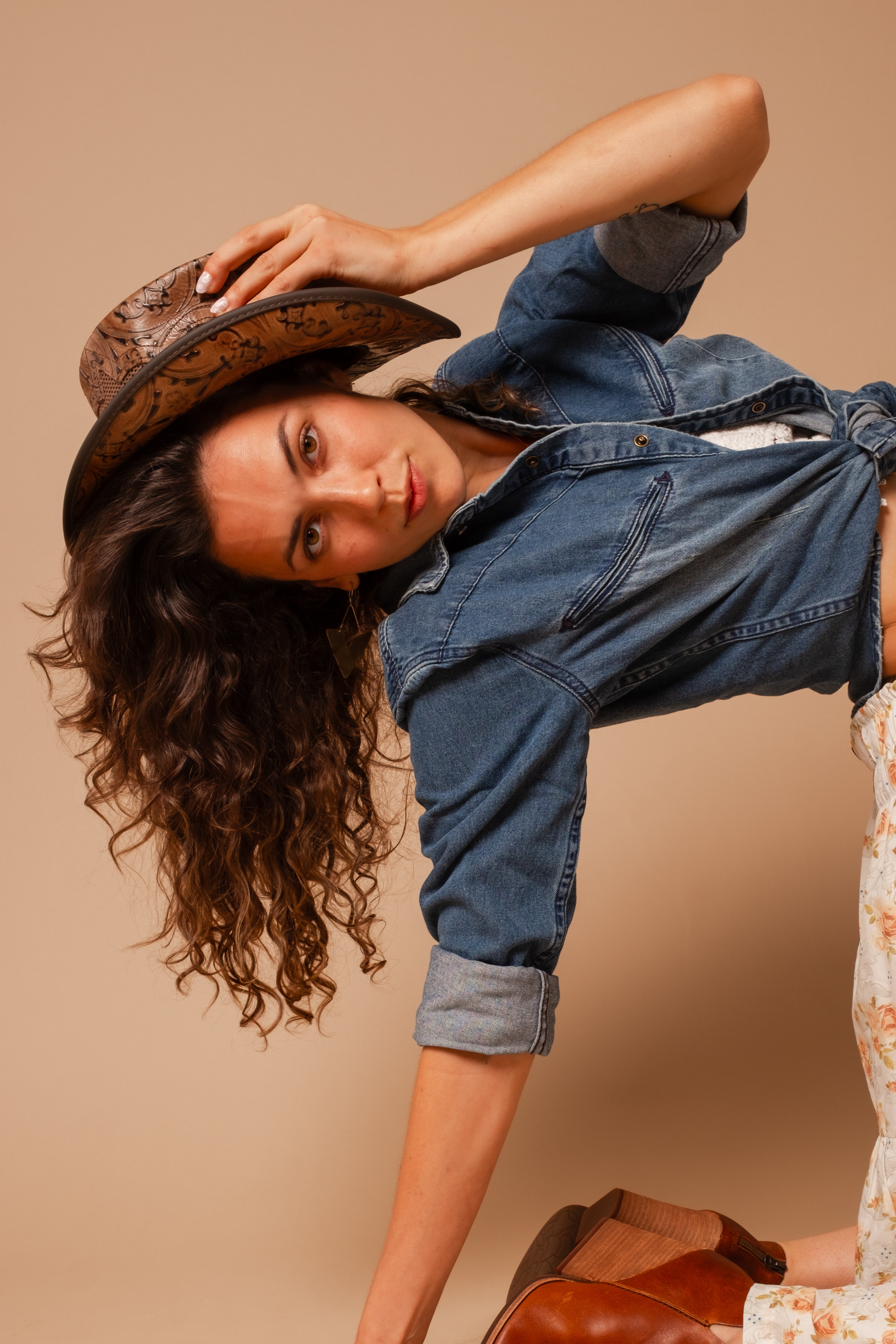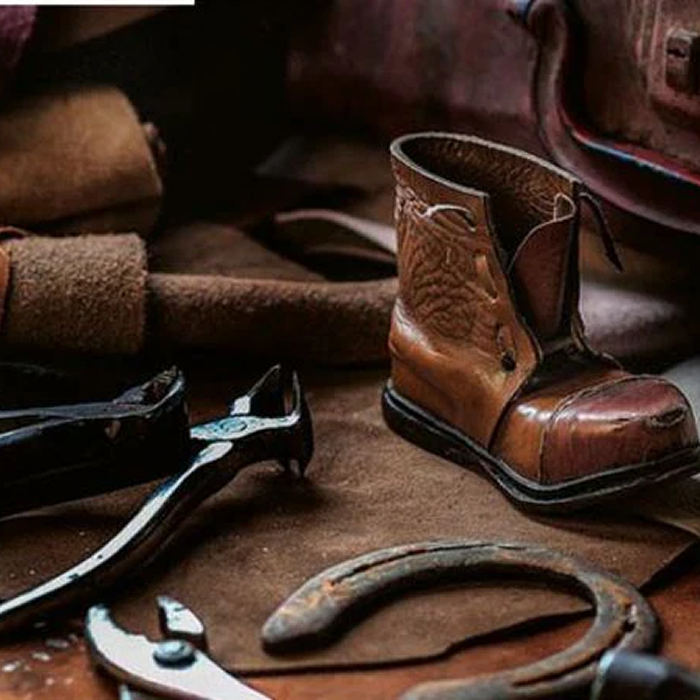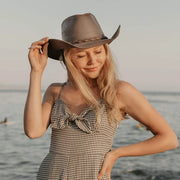Jackets, coats, and overcoats were once purely functional—designed to protect against the elements. Over time, these essential garments transformed into symbols of identity, culture, and personal expression. What was once a necessity for warmth has become a statement of style.
At Fur Traders, we celebrate the history and transformation of outerwear. Let’s take a journey through time and explore how protective clothing evolved into a defining aspect of modern fashion.
1. The Origins: Clothing as a Shield Against Nature
Before fashion was even a concept, people needed garments that could withstand harsh conditions.
- Early civilizations crafted thick cloaks, capes, and wraps from natural fibers and hides to insulate against the cold.
- Nomadic cultures developed layered ensembles to trap body heat while maintaining mobility.
- In wet climates, individuals utilized waxed fabrics and treated materials to repel moisture.
These early adaptations laid the foundation for outerwear as a survival tool, prioritizing utility over aesthetics.
2. The Age of Exploration: Practicality Meets Structure
As global travel expanded, so did the need for specialized attire.
- The trench coat emerged during wartime, offering a water-resistant, tailored solution for soldiers navigating unpredictable weather.
- The aviator jacket was introduced for high-altitude pilots, providing wind resistance and insulation in extreme conditions.
- The duffle coat became a military staple, known for its thick wool and toggle closures, designed for maximum protection.
These garments became synonymous with resilience and adventure, eventually making their way into everyday wardrobes.
3. Industrialization and the Rise of Tailored Coats
With the shift to urban living, outerwear adapted to blend function with elegance.
- Long coats and structured overcoats became a symbol of sophistication among city dwellers.
- The pea coat—originally designed for sailors—transitioned into mainstream fashion due to its sleek silhouette and warmth.
- Wool-blend materials and double-breasted designs became the norm for professionals, merging formality with comfort.
This era marked the beginning of outerwear as a fashion staple, rather than just a necessity.
4. Pop Culture and the Reinvention of Outerwear
By the mid-20th century, outerwear began defining entire subcultures.
- The motorcycle jacket became an icon of rebellion, worn by movie stars and rock legends.
- The parka coat was embraced by counterculture movements, blending utility with streetwear appeal.
- The bomber jacket transitioned from military gear to an essential piece for urban fashion.
These shifts highlighted the power of outerwear in shaping identity, as garments became intertwined with self-expression.
5. The Modern Era: Versatility and Innovation
Today, outerwear is a fusion of heritage, technology, and personal style.
- Lightweight, insulated designs allow for warmth without bulk.
- Convertible jackets with detachable layers adapt to changing weather conditions.
- Sustainable materials and eco-conscious production methods are redefining industry standards.
Outerwear is no longer just about staying warm—it’s about making a statement.
Conclusion
From survival gear to high fashion, outerwear has evolved into a category that blends function, culture, and innovation. Whether it’s a classic trench, a structured pea coat, or a rugged field jacket, the right piece speaks volumes about its wearer.
At Fur Traders, we curate timeless and modern designs that honor the past, present, and future of outerwear. Explore our collection today and redefine your approach to dressing for the elements.
